Should the West Fear China’s Growing Drone Capability?
Is the drone arms race something the US is scared of?
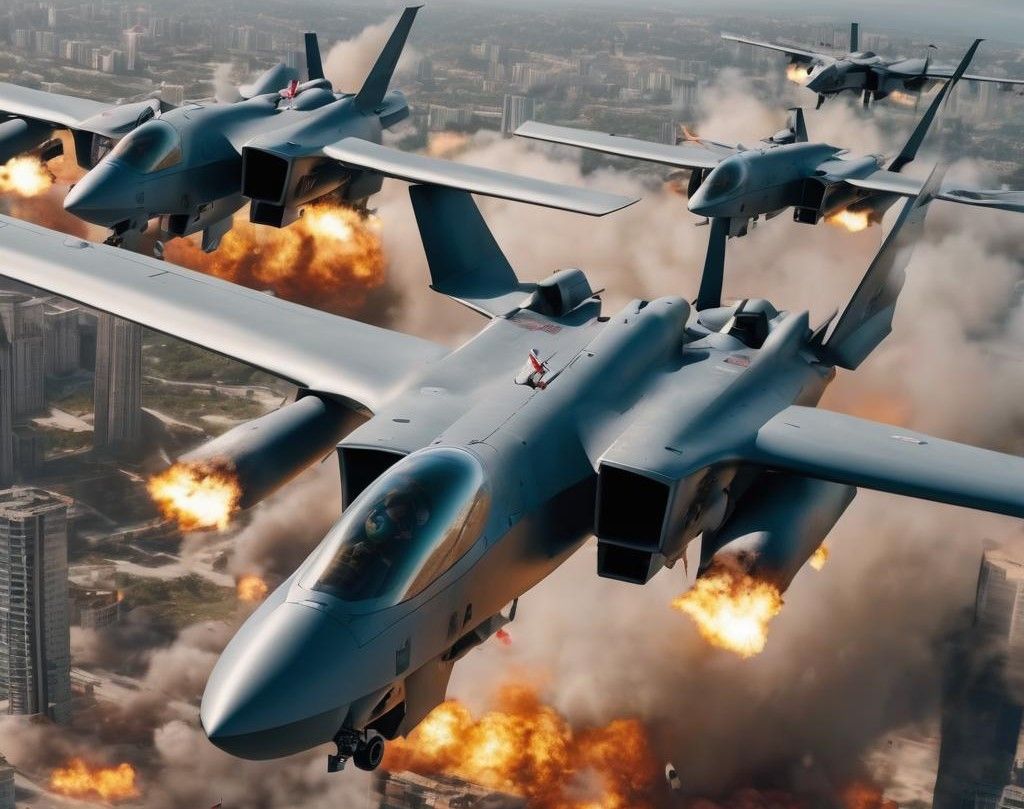
From Iraq to Afghanistan to Ukraine, drone technology is progressing quickly as frontline soldiers are finding out what works and what doesn’t in drone design. The result is a wide variety of drone types and sizes that can work as reconnaissance craft, artillery spotters, bunker busters, tank destroyers, or infantry fire support.
Despite their lack of involvement in those conflicts, China is keenly watching and learning. But how far have they come, what have they learned, and is it something for the West to worry about?
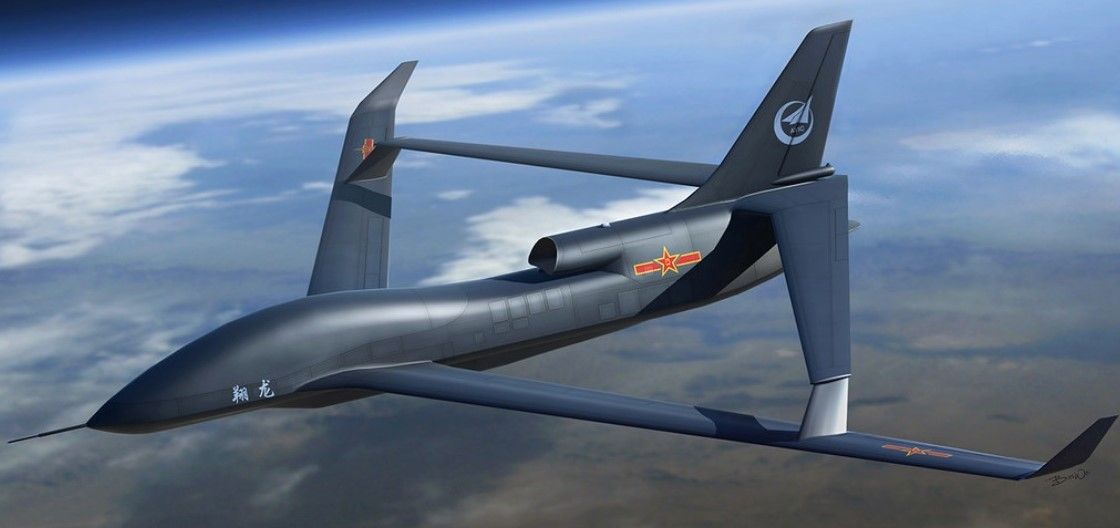
The mission to improve Chinese drone technology comes from the very top, with Chinese President Xi Jinping recently announcing that, “We must accelerate the modernization of our national defence and armed forces.”
The result has been significant funding and research into technological advances across the Chinese military.
“We've seen sort of an explosion of creativity from the Chinese defense industry,” says Elsa Kania an adjunct senior fellow at the non-profit and bipartisan think tank Center for a New American Security.
However, this late start is not deterring China from expanding its drone capabilities. “They want a military that can employ artificial intelligence, autonomous systems and generally, a lot more unmanned systems,” says Timothy Heath, a senior advisor at the Rand Corporation, a nonprofit focusing on research into policy making.
This is a logical step for Beijing with tensions growing in the South China Sea and sabre rattling over Taiwan’s future.
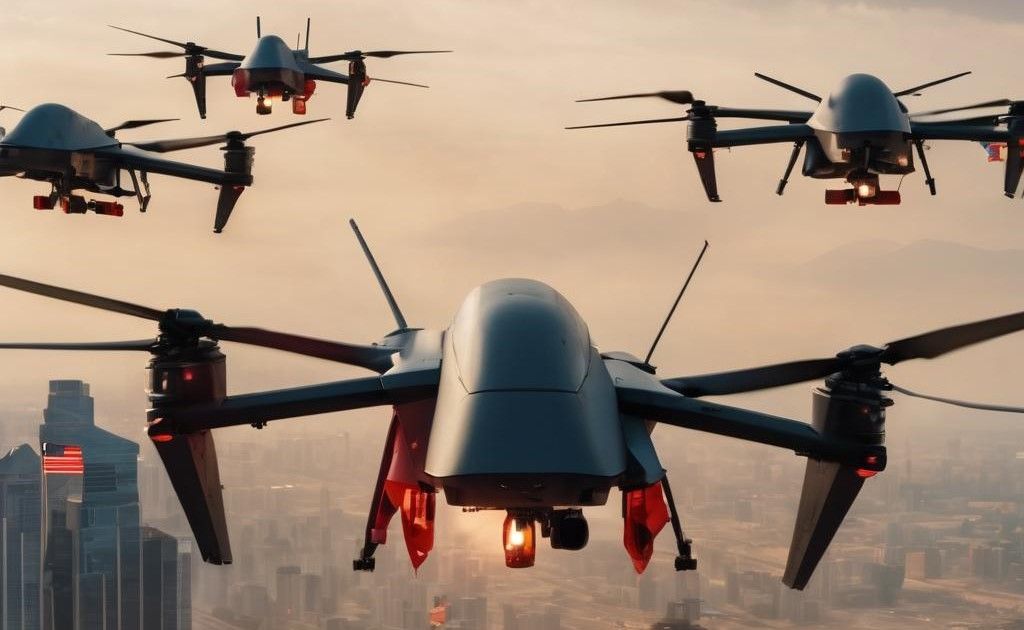
“Drones are going to become very important in modern combat as there is a lower risk of human causalities,” notes Heath. “You get the ability to loiter, for example, and to use advanced sensors, so you can have more precise targeting. In general, drones are lower cost than manned aircraft.”
Spending wisely makes sense when hoping to oppose the might of the American industrial military complex. Which is why China has been following a strategy (so often followed by its civilian technology sector) of copying American drone designs.
“The first generation of Chinese unmanned aircraft were pretty derivative of the US,” observes Heath. “They are building on what the US military have done.”
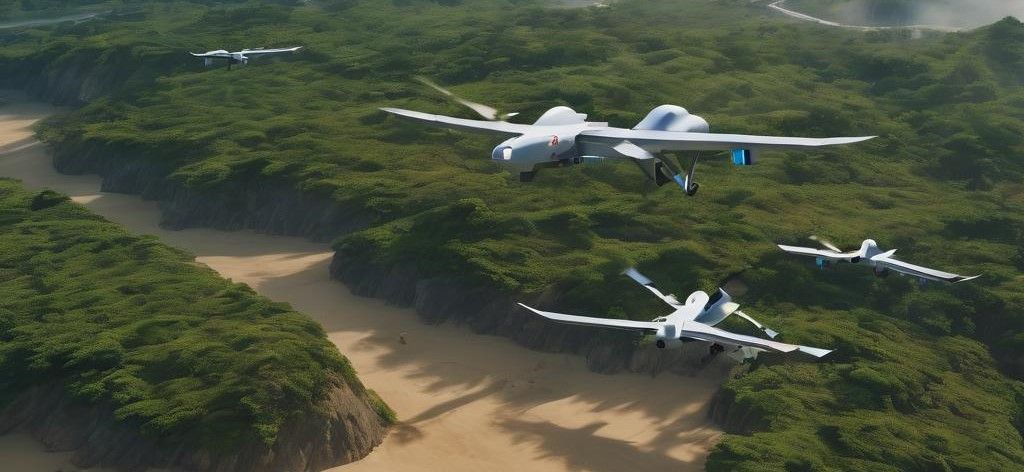
The earliest Chinese drones functioned and looked a lot like the US Predator drone, with both capable of carrying missiles and being remotely controlled via satellite. Albeit that China modified the designs of its drones to better suit its particular needs.
For example, the Chinese WZ-7 can fly at a high altitude to conduct surveillance tasks, just like the US’s Global Hawk. However, the US drone can support ground and air forces anywhere in the world. The smaller Chinese model does not require this capability as China is only planning for localised combat within or close to its borders.
As Heath explains, “WZ-7 is probably going to be used mainly in the region or the maritime space in the East China Sea and South China Sea,” says Heath. “In that area, the Chinese don't need as long an endurance.”
However, unlike combat in the relatively stable weather climate of the Middle East, the South China Sea often experiences typhons and other extreme conditions. For this reason, the Chinese military claims that WZ-7 has two sets of overlapping wings to increase flight stability.
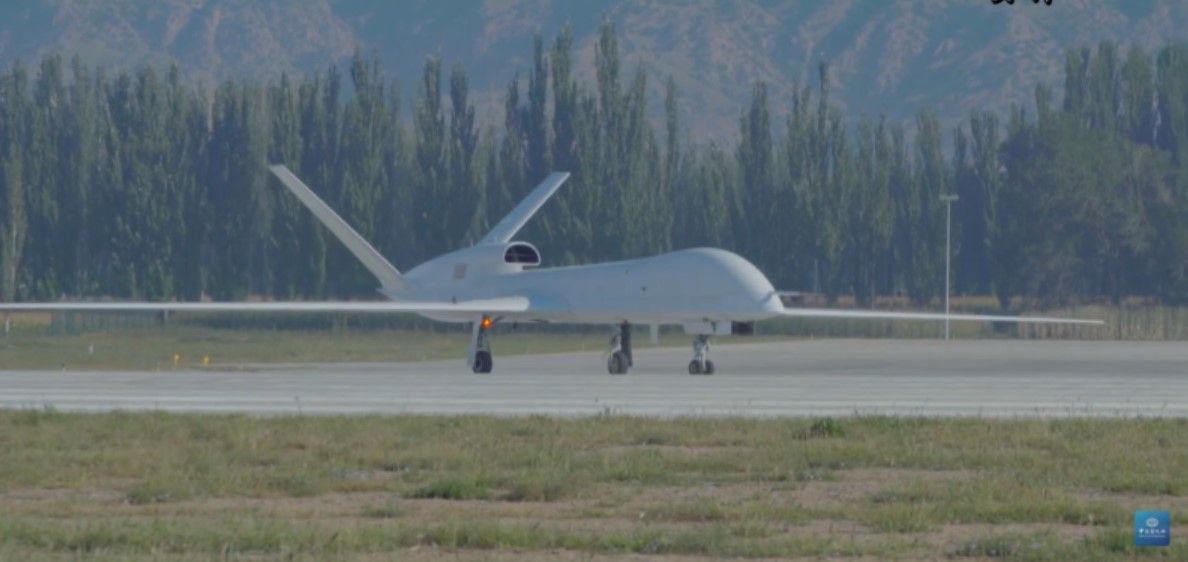
China is also coming up with inventive ways to create something that isn't in the US arsenal, such as combining some of the best qualities from other planes.
The GJ-11, for example, is a Chinese military drone designed for reconnaissance that shares many characteristics with the B-2 bomber – a flying wing design which enables the air frame to deflect radar signals.
Although China hasn't shown off this drone to the public, the military claims that it will rely more on automation than the B-2 Bomber, which requires two pilots to operate.
Furthermore, China is not only modifying designs but also re-evaluating the quantity of drones it can launch concurrently with Chinese military chiefs stating their intent to deploy mass drone squadrons each with the capability (like the Golden Eagle 150B drone) to drop hundreds of small bombs at once.
China has stated that it intends to utilise multiple Golden Eagle 150Bs at once. Such a tactic would play well into China’s manufacturing advantage and its ability to mass produce small electronics.

“It's kind like a swarm of bees where each individual bee knows what it must do and can make its own decisions,” says Heath. “If one bee next to it gets killed, the others will continue swarming to sting.”
As yet, China has not shown off these drones, but it has demonstrated how the swarming manoeuvre may be used with a different aircraft. How it would handle the data exchange needed to remotely manage such a vast network has also not been made clear.
Experts in drone technology argue that programming them with advanced sensors to talk to one another would be crucial to avoid them colliding with one another as they approach an objective jointly.
While the plan may as yet be mostly on the drawing board, the ability for any side to activate a huge swarm of drones to overwhelm an adversary's radar and missile defence system has Pentagon officials nervous.
While Chinese drones have not been combat-deployed by its own military the country has exported over 200 drones to 16 countries, gaining invaluable experience.
“There have been complaints about the reliability, but as Chinese drones are used by other militaries, the data or the insights generated from those use cases may improve their design or development going forward,” says Kania.
Kania also notes that China may eventually include AI and machine learning to boost productivity and increase autonomy, as indicated in more recent models, although such a move also calls into question the safety of any drone guiding itself with AI (especially if armed).
“There are ways that drones can be hacked, jammed, disrupted,” explains Kania. “With increased autonomy does come a greater risk of failures that are unexpected or of systems that are immature, proving to be unreliable.”
While Beijing has been allocating a larger percentage of its budget towards the purchase of drones, they still lack battlefield experience compared to those designed and constructed in America. Thanks to its wars in Afghanistan and Iraq, as well as anti-terrorist operations in Pakistan, thousands of US drones have been flown and invaluable experience gained over the past two decades.
Even Turkiye has gained frontline experience thanks to the extensive deployment of drones such as the Bayraktar TB2 in the Ukraine conflict.
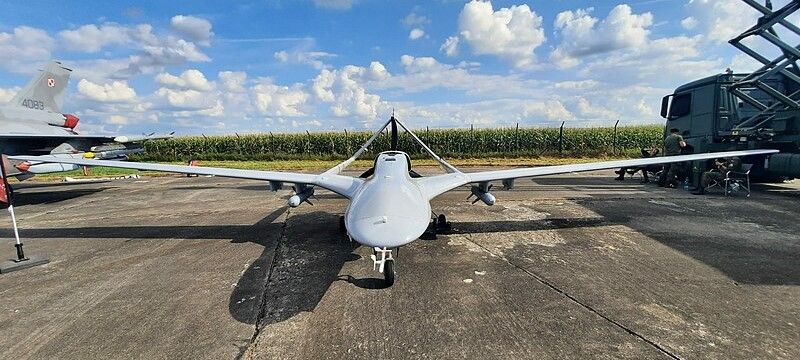
Many will see China’s advances in this field as a natural desire to defend itself and keep apace with the military advances of other nations. As drone capability has grown and their versatility has increased the need for all militaries to have access to them makes sense.
However, China’s secretive nature, its already burgeoning military, and its technical and manufacturing capabilities make any advances it makes a worry for Western military chiefs. With tensions running high over island sovereignty, and the valuable fishing and oil rights with Taiwan, Japan, and the Philippines (all staunch US allies), the fact that China is building up its military power in both conventional and drone warfare is cause for concern.
As Heath concludes, “With these drones, what you'll see is that China will be able to respond even faster and more effectively, and it's possible that the long-term effect of increased Chinese use of UAVs to dominate its neighbors is increased tensions between China and many of its neighbors.”

